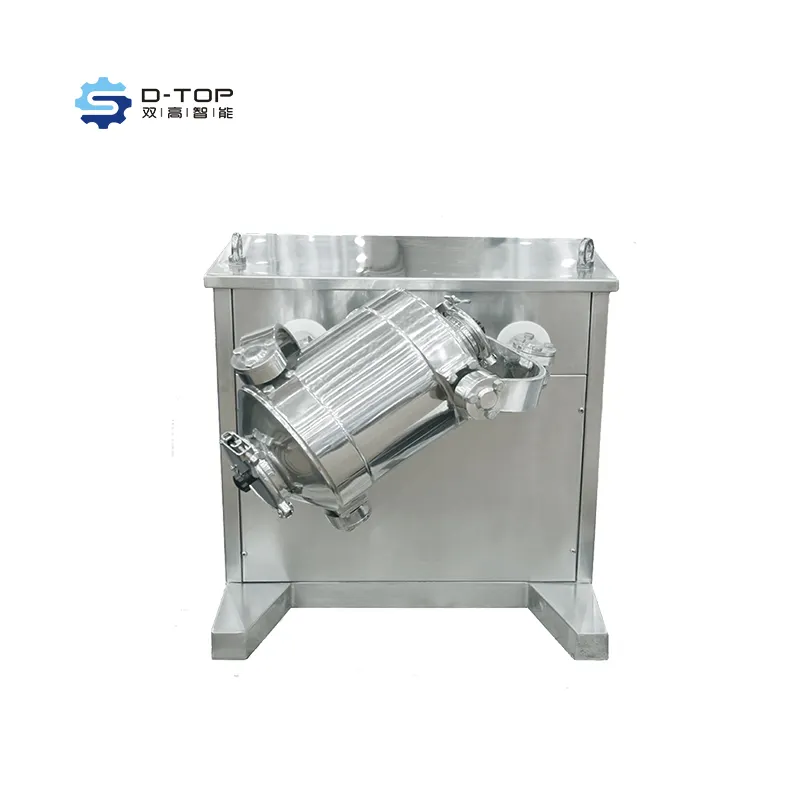Why Pharmaceutical Counter Machines Matter in Modern Production
A Pharmaceutical Counter Machine is specialized equipment used to count solid-dose products—such as tablets, capsules, lozenges, and small sachets—quickly and accurately for pharmaceutical production and packing lines. These machines reduce human error, speed up packaging, and help meet strict quality and traceability requirements. Modern Pharmaceutical Counter Machine models combine mechanical sorting, electronic sensing, and software controls to deliver reliable counts while preserving product integrity and simplifying audit trails.
Core Components and Functionality
Counting Mechanisms
Counting performance in a Pharmaceutical Counter Machine depends heavily on the sensing method and software algorithms used. Optical sensors (laser, infrared, or camera-based vision systems) detect individual pieces as they pass a beam or on a conveyor. Weight-based counters use load cells to infer counts from total weight, which can be useful for fragile items or variable-size components. Mechanical paddle counters physically separate items and register counts mechanically; they are simple but can be less forgiving with irregular shapes. Each approach has trade-offs in speed, accuracy, and product contact; matching method to product is essential.
Feeding, Orientation, and Gentle Handling
Reliable feeding and orientation systems are essential for consistent counts and reduced downtime. Hopper design, vibratory feeders, rotary bowls, and adjustable guides ensure items are presented one-by-one to the counting head. For coated or scored tablets, a Pharmaceutical Counter Machine will often include soft-feel conveyors, anti-static treatments, and low-impact transfer points to avoid chipping. Proper metering, dust extraction, and static control reduce double-feeds, bridging, and jamming on the line.

Types of Pharmaceutical Counter Machines
Manual, Semi-Automatic, and Fully Automatic Counters
Pharmaceutical Counter Machine options range from manual bench-top counters used in R&D and compounding pharmacies to semi-automatic units suitable for pilot batches and smaller runs. Fully automatic production counters integrate with feeding, sealing, and cartoning stations for continuous high-volume throughput. Choice depends on batch size, frequency of product changeovers, and budget; many operations adopt semi-automatic units first, then upgrade to fully automated Pharmaceutical Counter Machine systems as volumes grow.
Single-Head, Multi-Head, and Modular Systems
Single-head Pharmaceutical Counter Machine models are compact and cost-effective for lower throughputs. Multi-head or multi-lane counters multiply throughput by processing parallel streams, making them ideal for large commercial operations. Modular systems allow manufacturers to add lanes, vision inspection modules, or weighing stations as volume grows, offering a future-proof path without full equipment replacement.
Selection Criteria for Your Facility
Accuracy, Throughput, and Regulatory Tolerances
Before selecting a Pharmaceutical Counter Machine, define acceptable tolerance levels for count accuracy and required output rates. Some markets mandate strict fill tolerances; meeting those requirements may necessitate vision-based systems or combined weight/count validation steps. Choose a counter whose throughput matches peak production needs, not just average demand, and consider reject handling speed and capacity to prevent bottlenecks.
Product Compatibility and Cleanability
Product features—size, shape, friability, and surface finish—determine which Pharmaceutical Counter Machine design is most suitable. Select machines with easy-to-clean contact parts made of 316L stainless steel or approved polymers. Consider CIP or validated manual cleaning procedures for quick changeovers and to comply with hygiene standards. Also evaluate whether the counter can tolerate dust or powdery formulations and if HEPA filtration is needed for containment.
Integration, Validation, and Compliance
Line Integration and Automation
Integration capabilities are critical for modern production environments. A Pharmaceutical Counter Machine should communicate with upstream feeders, filling lines, and downstream packing equipment using standard protocols. Integration enables synchronized line speeds, automatic reject routing, and centralized monitoring via MES or SCADA, reducing manual interventions and improving traceability.
Validation, Traceability, and Data Logging
GMP-compliant Pharmaceutical Counter Machine installations require IQ/OQ/PQ validation, documented procedures, and robust electronic records. Machines should log batch numbers, count records, and event histories for audits. Advanced models include tamper-proof logs, user access controls, and exportable CSV/XML logs that simplify recall management and traceability.
Operational Best Practices
Calibration, Preventive Maintenance, and Spare Parts Management
Maintain a calibration schedule for sensors and load cells on your Pharmaceutical Counter Machine to ensure sustained accuracy. Preventive maintenance—cleaning feeders, replacing wear parts, and updating firmware—prevents unexpected failures. Keeping critical spare parts in inventory reduces mean time to repair and keeps production flowing.
Training, SOPs, and Changeover Efficiency
Well-trained operators and clear SOPs minimize human error during changeovers. Documented step-by-step procedures for product setup, cleaning, and troubleshooting shorten downtime. For contract manufacturers, invest in fast changeover kits and color-coded tooling to reduce the time needed to switch SKUs on a Pharmaceutical Counter Machine.
Troubleshooting Common Issues
Jams, Double-Feeds, and Miscounts
Common problems include product jams, double-feeds, and miscounts, often caused by irregular product presentation or static. Adjusting feeder vibration, tweaking guides, or installing anti-static bars often resolves these issues. Regular inspection of chutes and gentle handling features on the Pharmaceutical Counter Machine lowers damage rates.
Sensor Drift and Environmental Influences
Sensor drift from temperature or dust accumulation can affect counting accuracy. Implement routine sensor cleaning and recalibration, and consider environmental enclosures or climate control for sensitive operations. Using redundant sensing or cross-checks (weight + optical) in a Pharmaceutical Counter Machine minimizes the impact of single-sensor issues.
Cost, ROI, and Procurement Tips
Total Cost of Ownership and ROI Analysis
Evaluate the total cost of ownership of a Pharmaceutical Counter Machine, factoring in purchase price, installation, validation, spare parts, downtime risk, and labor savings. Higher-capacity or more automated machines typically return value via reduced labor costs, lower reject rates, and faster throughput.
Vendor Selection and Service Agreements
Choose suppliers with proven pharmaceutical experience, strong service networks, and clear documentation for validation. Negotiate service-level agreements (SLA) that include response times, training, and spare parts availability to protect your production uptime when using a Pharmaceutical Counter Machine.
FAQ
What products can a Pharmaceutical Counter Machine handle?
A Pharmaceutical Counter Machine can count tablets, capsules, softgels, lozenges, and small sachets or components, depending on the model and tooling provided.
How accurate are Pharmaceutical Counter Machine counts?
Accuracy varies by model and operating conditions; well-configured Pharmaceutical Counter Machine units commonly achieve high accuracy within regulated tolerances when properly maintained and calibrated.
Is validation required for Pharmaceutical Counter Machine installations?
Yes—validation (IQ/OQ/PQ), documented SOPs, and traceable electronic records are generally required in GMP environments to ensure consistent, auditable performance.
How often should a Pharmaceutical Counter Machine be serviced?
Service frequency depends on usage and environment, but many facilities perform preventive maintenance monthly and full calibration quarterly or semi-annually to maintain accuracy and compliance.
Table of Contents
- Why Pharmaceutical Counter Machines Matter in Modern Production
- Core Components and Functionality
- Types of Pharmaceutical Counter Machines
- Selection Criteria for Your Facility
- Integration, Validation, and Compliance
- Operational Best Practices
- Troubleshooting Common Issues
- Cost, ROI, and Procurement Tips
- FAQ

